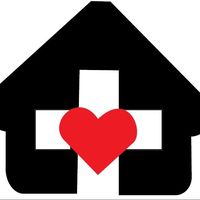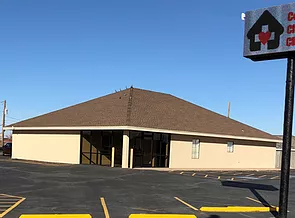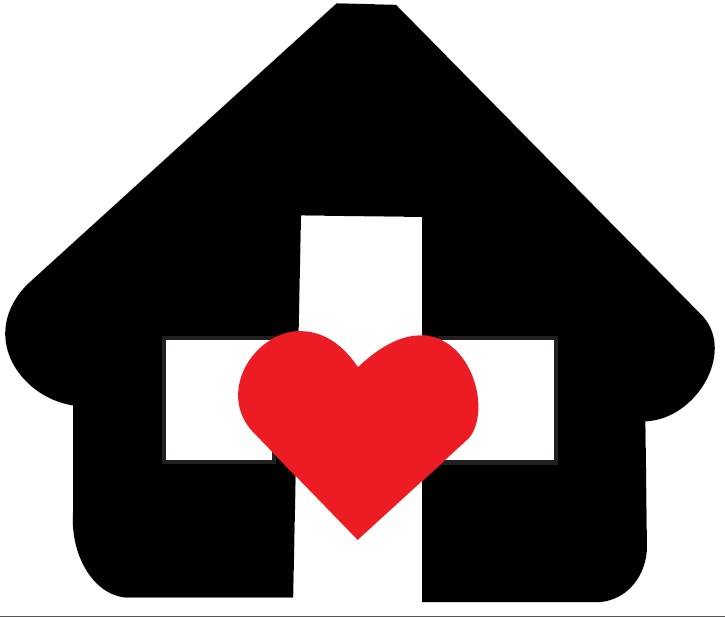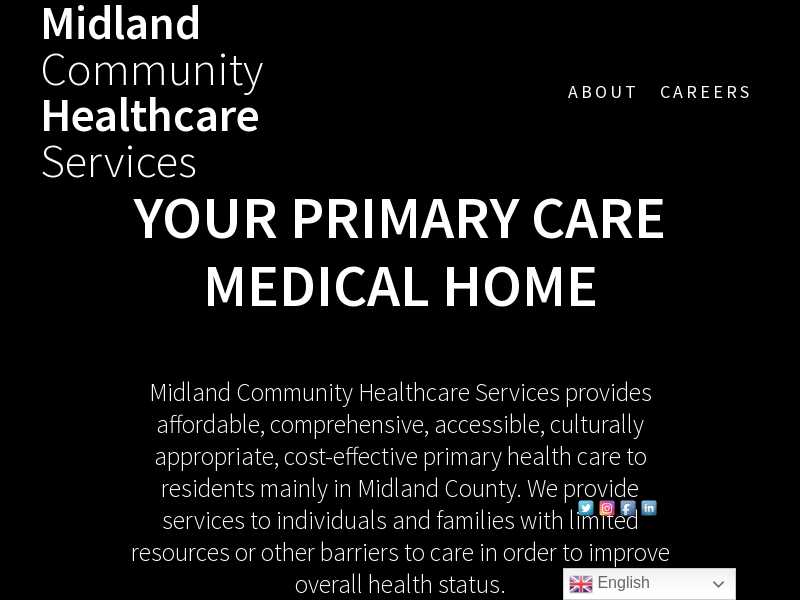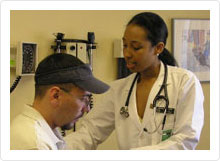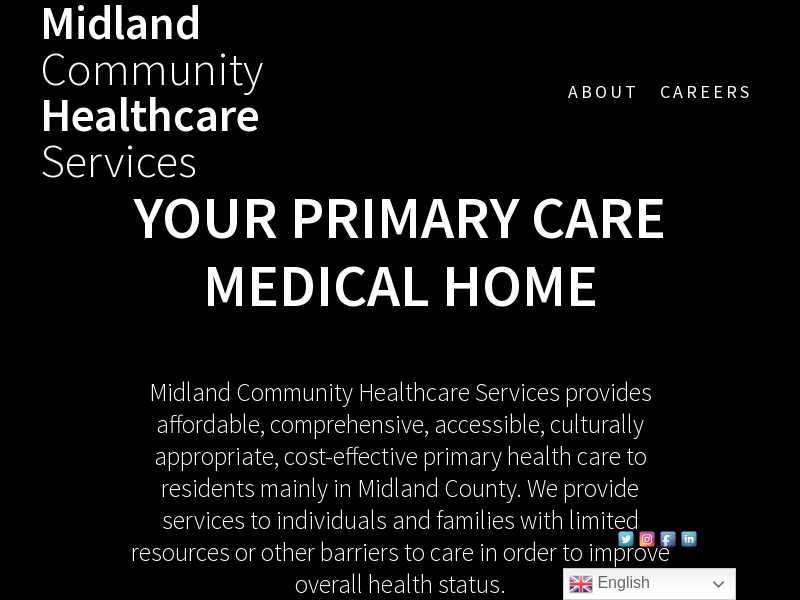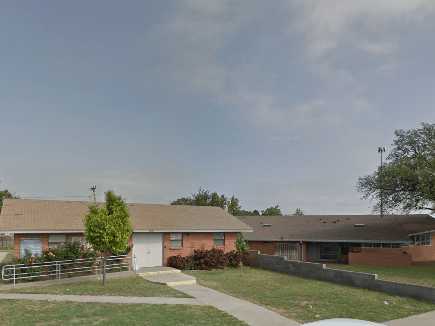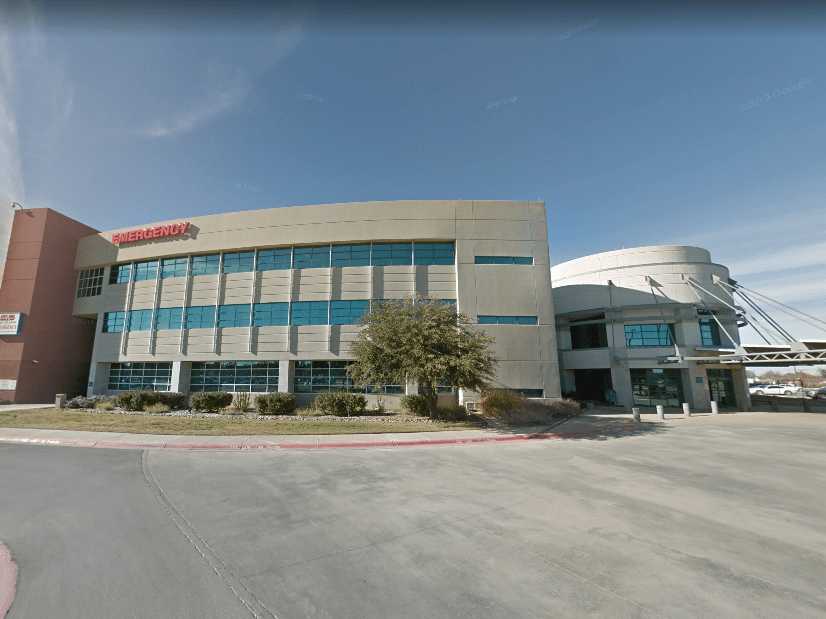About Community Children's Clinic
In order to get more information on this clinic, click on the icons below. You may be required to join for free in order to access full contact information.
This clinic is for children in Midland; takes walk in patients from low income families.
Items to bring to check qualification for low cost services:
- Parent or legal guardian with ID
- $20.00
- Proof of Midland County residency
- Documents showing Families are un-insured or are underinsured
- Income must be at or below 200% of the Federal Poverty Level
Parent or Guardian must accompany the child for the first visit
Mission Statement
The mission of the Community Children's Clinic is to provide medical care for sick children living in Midland County, in a manner consistent with the standards of care available from a private family physician, for families facing income challenges. The services offered by the clinic allow uninsured and underinsured, low-income families to receive care for their sick children. Parents pay a $20 fee upon receipt of medical care.
Hours
- Monday 8:00 AM - 11:30 AM
- Tuesday 8:00 AM - 11:30 AM
- Wednesday 8:00 AM - 11:30 AM
- Thursday 8:00 AM - 11:30 AM
- Friday CLOSED
- Saturday CLOSED
- Sunday CLOSED
Since this is a sliding fee scale clinic, we have provided the Federal Poverty Guidelines below. Visit the Community Children's Clinic website listed above to see what the level is needed for free care.
Federal Poverty Guidelines for 2023
| Persons In Family Household | Poverty Guideline Salary per year |
|---|
| 1 | $14,580 |
| 2 | $19,720 |
| 3 | $24,860 |
| 4 | $30,000 |
| 5 | $35,140 |
| 6 | $40,280 |
| 7 | $45,420 |
| 8 | $50,560 |
For Households with more than 8 persons, add $4,480 for each additional person.
*Alaska and Hawaii have different rates for HUD federal poverty guidelines.
These numbers above represent 100% of the Federal Poverty Rate. In order to get reduced or free services from some clinics, they use a sliding fee scale based on your income.When they use a sliding fee scale, the 100% rate can be different than 100%. In those cases, using for example a 200% federal poverty level, you will only need double the 100% number listed above to 200%.

